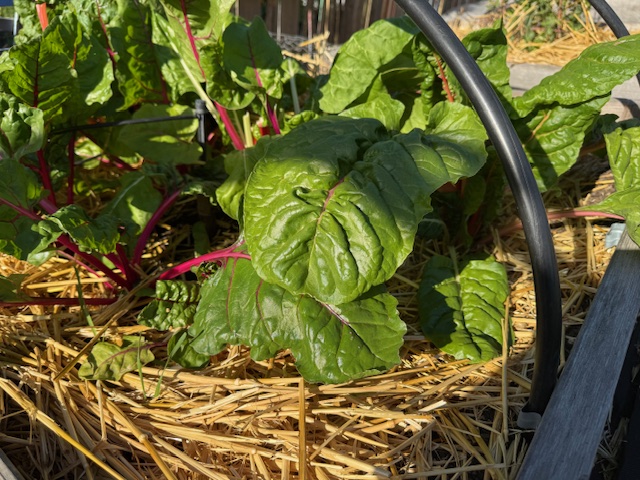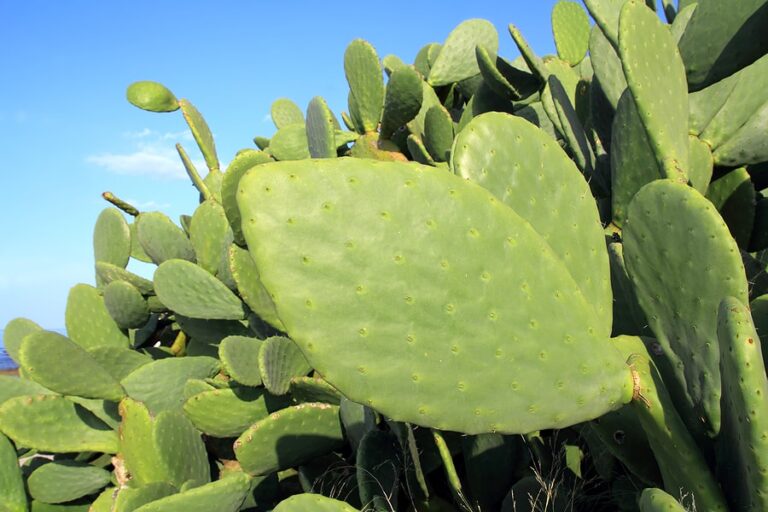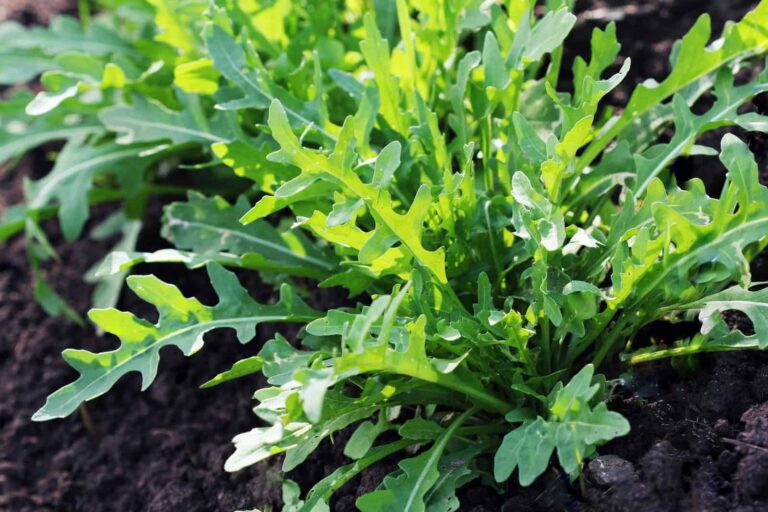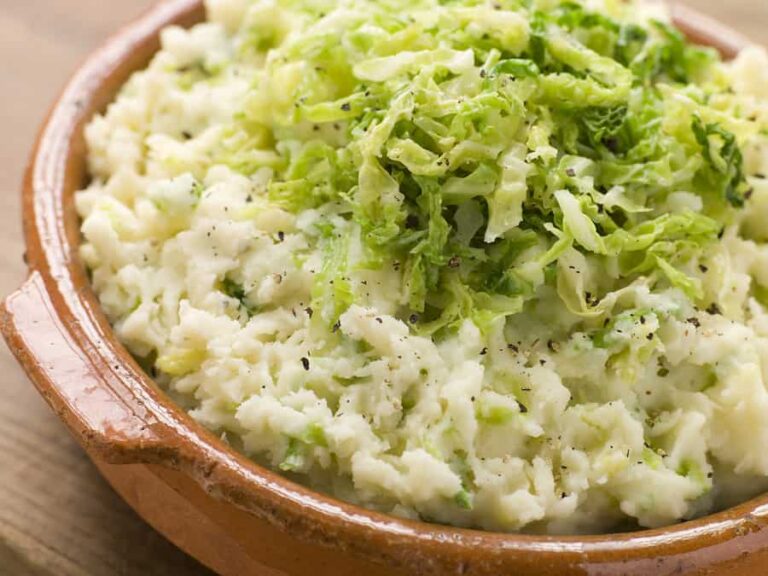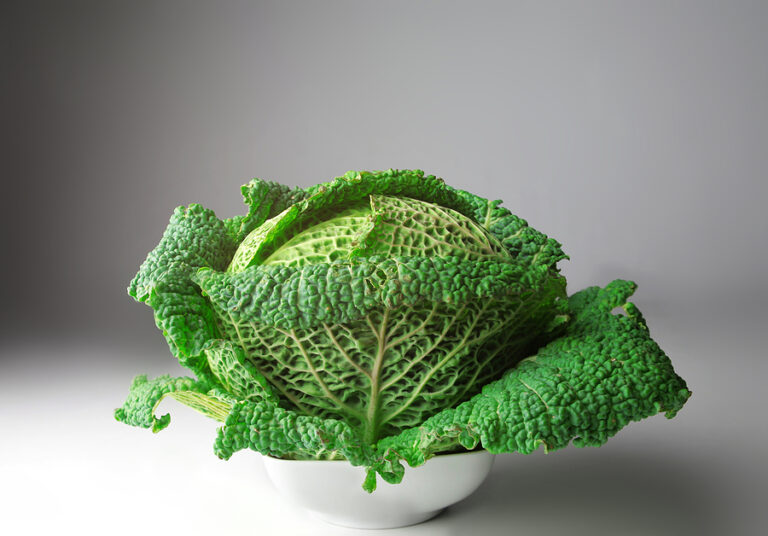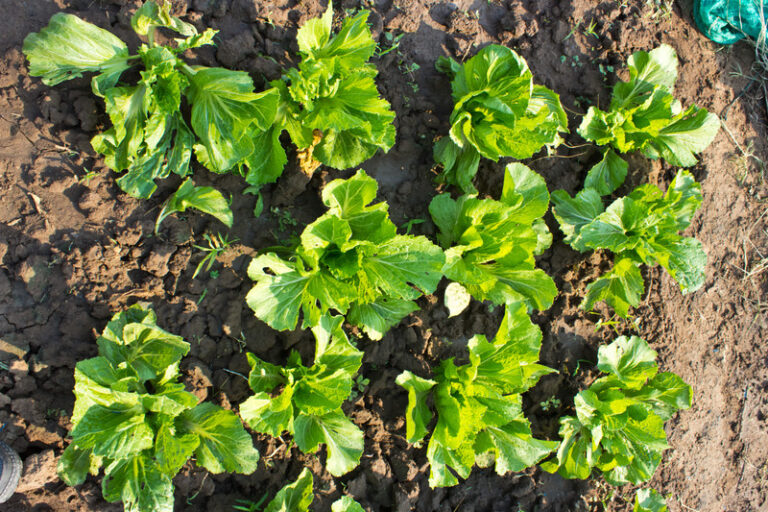How to Prevent Bolting in Cabbage and Other Brassicas
Bolting—the premature production of flower stalks—is a common challenge for gardeners growing cabbage, kale, broccoli, and other brassicas. Over my 30+ years of experience growing these cool-weather crops, I’ve seen that bolting often results from environmental stresses and timing errors. Understanding what causes bolting and how to prevent it is essential for a successful harvest of dense heads and tender leaves.
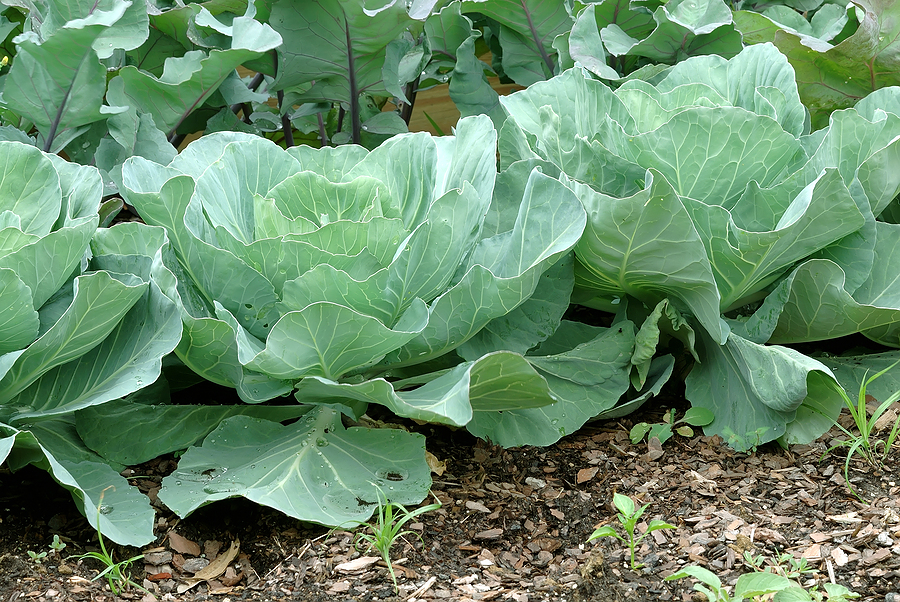
What Causes Bolting in Brassicas?
- Temperature Fluctuations
Warm temperatures, especially prolonged heat above 75°F (24°C), signal plants to flower and produce seeds. Sudden heat waves after cool weather trigger bolting. - Day Length
Longer daylight hours in spring and early summer encourage some brassicas to bolt sooner than desired. - Plant Stress
Drought, nutrient imbalances, and root damage can stress plants, triggering early flowering as a survival mechanism.
How to Prevent Bolting
- Choose Bolt-Resistant Varieties: Select cultivars bred for delayed bolting, like ‘Savoy’ cabbage or ‘Winterbor’ kale.
- Plant at the Right Time: Sow seeds and transplant early enough to mature before summer heat, or in late summer for fall crops.
- Maintain Consistent Moisture: Avoid drought stress by watering evenly, especially during warm weather.
- Provide Shade in Hot Climates: Use shade cloth or plant near taller crops to reduce heat stress.
- Fertilize Appropriately: Balanced feeding supports steady growth without encouraging excessive leafy growth that can trigger bolting.
My takeaway:
In my garden, timing and variety selection are the biggest factors preventing bolting. Starting brassicas early in spring or late summer, paired with attentive watering, consistently yields tender, bolt-free heads.
Bolting Prevention Guide by USDA Zone
| USDA Zone | Spring Planting (Sow/Start Seeds) | Transplant Outdoors | Fall Planting (Sow/Start Seeds) | Transplant Outdoors | Bolting Prevention Tips |
|---|---|---|---|---|---|
| 3–4 | 10–12 weeks before last frost | 4–6 weeks before last frost | 14–16 weeks before first frost | 10–12 weeks before first frost | Plant early; use cold frames to extend cool season. Mulch to retain moisture. |
| 5 | 8–10 weeks before last frost | 3–4 weeks before last frost | 14 weeks before first frost | 10 weeks before first frost | Choose bolt-resistant varieties. Maintain even watering. |
| 6 | 6–8 weeks before last frost | 3 weeks before last frost | 12–14 weeks before first frost | 8–10 weeks before first frost | Provide afternoon shade in warmer zones. Avoid excessive nitrogen. |
| 7 | 6 weeks before last frost | 2–3 weeks before last frost | 12 weeks before first frost | 8 weeks before first frost | Use shade cloth during heat waves. Consistent moisture is key. |
| 8 | 4–6 weeks before last frost | 2 weeks before last frost | 12 weeks before first frost | 8 weeks before first frost | Mulch heavily; consider partial shade plantings. |
| 9–10 | 4 weeks before last frost | At last frost | 10–12 weeks before first frost | 6–8 weeks before first frost | Focus on fall crops; spring heat is tough for brassicas. |
| 11+ | Not recommended in spring due to heat | N/A | 8 weeks before mild winter begins | 4–6 weeks before mild winter | Grow as winter crops in mild climates. Use shade and consistent watering. |
My tip:
I’ve found that adjusting planting times based on your zone’s last and first frost dates and maintaining steady moisture levels are the best defenses against bolting. Mulching and shade cloth have saved crops during unexpected heat spikes in my garden.
Cabbage Learning Hub
🥬 Start Here: The Ultimate Cabbage Growing Guide: From Seed to Harvest
🌿 Planting & Timing
- Cabbage Seed Starting Tips
- When to Plant Cabbage: Timing for Spring, Summer, and Fall Crops
Covers zone-based timing, transplant vs. direct sow. - How to Grow Spring Cabbage for Early Harvests
“Spring cabbage growing” – high seasonal interest. - How to Grow Cabbage in Containers: A Complete Guide
Perfect for urban/small-space gardeners. Include spacing, soil depth, and feeding. - How to Space and Thin Cabbage for Tight, Heavy Heads
Spacing is a common problem leading to poor heads or bolting.
How to Plant, Grow, and Harvest Chinese Cabbage
🦟 Pests, Diseases & Troubleshooting
- Common Cabbage Pests and How to Get Rid of Them Naturally
Aphids, cabbage worms, flea beetles, cutworms. - Why Is My Cabbage Splitting? Causes and Fixes for Cracked Heads
Very specific problem; here’s why this happens. - How to Prevent Bolting in Cabbage and Other Brassicas
Seasonal temperature swings confuse many gardeners.
💧 Care & Growing Tips
- How Much Water Does Cabbage Need? A Seasonal Watering Guide
“How often to water cabbage” queries are common. - How to Fertilize Cabbage for Leaf Growth and Head Formation
Discuss starter fertilizer, side-dressing, nitrogen balance.
What to plant with cabbage. - Common Cabbage Pests and Diseases and How to Treat Them Naturally
🧊 Harvesting, Storage & Preservation
- How to Harvest and Store Cabbage
- How and When to Harvest Cabbage for Peak Flavor and Texture
Includes signs of readiness and how to cut heads without damagin - Best Companion Plants for Cabbage (And What to Avoid)g the plant.
🥗 In the Kitchen & Beyond
- Seven Ways to Cook and Serve Cabbage
- Five Ways to Cook and Serve Chinese Cabbage
- Four Ways to Cook and Serve Napa Cabbage
🌱 Varieties & Seed Saving
- Best Cabbage Varieties for Your Climate and Growing Zone
Optimized for zone-specific growing.
- Savoy, Napa, and Red: Which Type of Cabbage Should You Grow?
Comparative format — helpful for new gardeners. - Growing Green Cabbage vs. Red Cabbage: The Differences
- Oriental Mustard Cabbage Explained: White Stalks vs. Green Stalks

